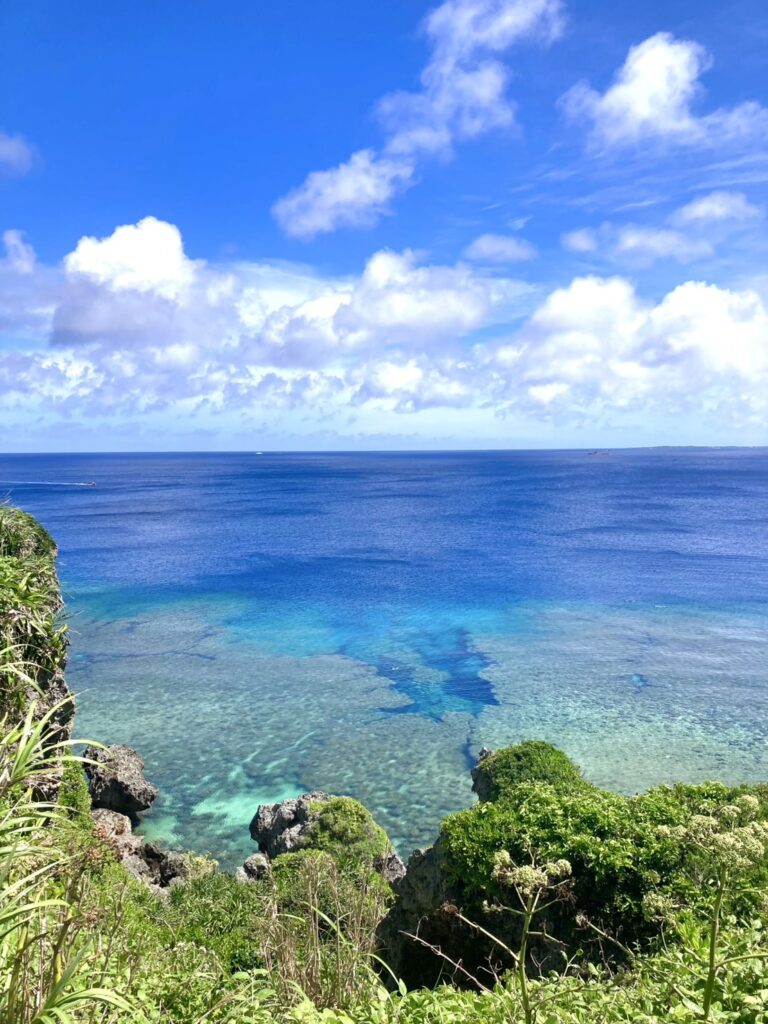
Miyako Island is a small subtropical island located about 300 kilometers southwest of Okinawa’s main island, in the very south of Japan. Surrounded by crystal-clear turquoise waters and white sandy beaches, it’s often known as a paradise for snorkelers and nature lovers. But beyond the stunning views, Miyako is also home to a surprisingly rich food culture.
Miyako Island is also blessed with rich seafood. Bonito (katsuo) and tuna (maguro) are common here, but for me, the most unforgettable experience was eating Parrotfish (budai). In Japan, we eat many kinds of fish, but growing up in the Tohoku(north east area) region, I had never seen or eaten such brightly colored tropical fish. In fact, blue is often considered an unappetizing color in Japanese food culture, which made me hesitate when I first encountered it.
But during this trip, I decided to be brave. I had seen parrotfish many times while swimming in the ocean, and I finally made up my mind to try it. I went to the local market, pointed to the blue parrotfish in front of me, and asked, “Please fillet this one.” The lady behind the counter smiled and skillfully filleted it for me. She even included a bonus slice of fresh tuna and packed the fish head, bones, and skin in a separate bag for making soup. “Enjoy it!” she said cheerfully.
When I travel, I don’t go out of my way to cook complicated dishes or make beautiful Instagram-worthy plates. I use whatever dishes are available and cook as if I were serving a casual homemade meal. So please forgive the rough presentation of my food photos!
I seasoned the parrotfish with salt and pepper, then sautéed it in a sauce made with garlic, island shallots, soy sauce, and butter. The white flesh had a slightly chewy, plump texture and a clean flavor with just a hint of something I couldn’t quite name. Honestly, I wish I had a little balsamic vinegar to balance it out. I also used the fish head and bones to make a hearty miso soup—a bit wild-looking in the pot, but so satisfying!
The slice of fresh tuna, cooked in the same sauce, was surprisingly light and not greasy at all, unlike the fatty tuna from colder seas. It was fresh, simple, and absolutely delicious. I also had it as sashimi with soy sauce and wasabi—a luxurious treat.
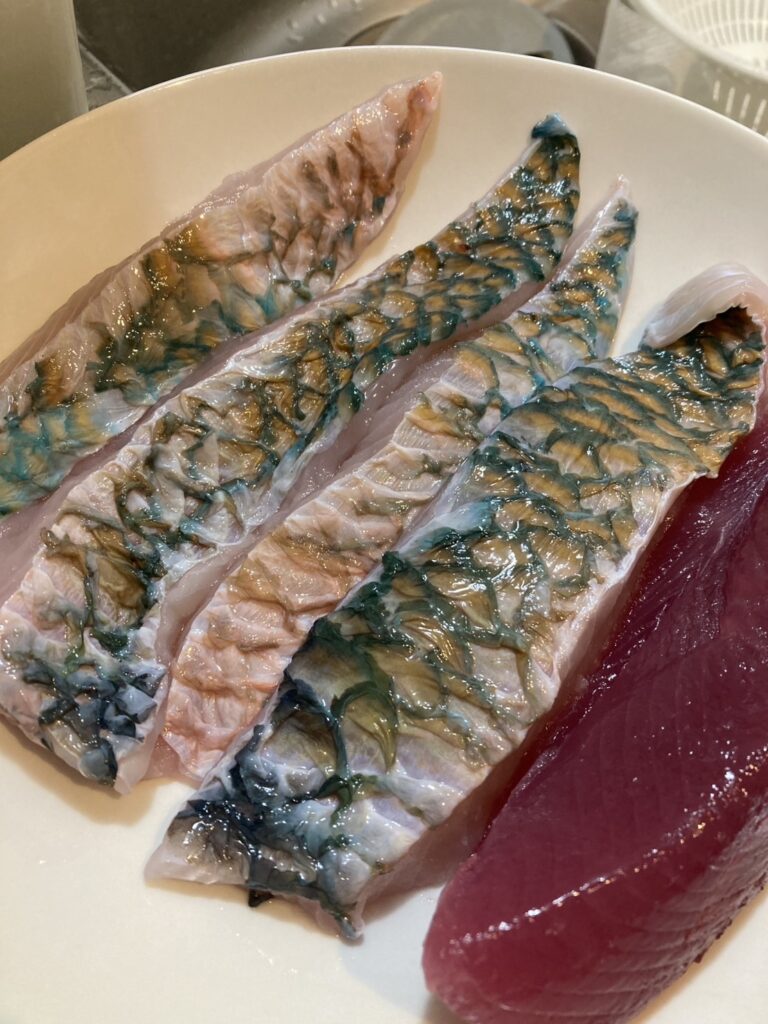

And of course, Okinawa prefecture is known for its many cultured and wild seaweeds. Japan is one of the world’s top consumers of edible seaweed, and it’s not just about the nori on sushi. There’s kombu, wakame, hijiki, aosa, mozuku, mekabu, and the famous umi-budou (sea grapes). On Miyako Island, mozuku, aosa, and umi-budou are especially common.
Here are some of the most common edible seaweeds in Japan:
Mozuku (Cladosiphon okamuranus) A stringy brown seaweed native to Okinawa, mozuku is often eaten with vinegar. It has a soft, slippery texture and is rich in fucoidan, a type of polysaccharide believed to support immune function and reduce inflammation.
Aosa (Ulva spp.) – Green Laver. This bright green seaweed has a delicate flavor and is often added to miso soup or tempura batter. Aosa is high in minerals like calcium and iron, and also contains antioxidants.
Umi-budou (Caulerpa lentillifera) – Sea Grapes Nicknamed “green caviar,” this seaweed is made up of tiny bubbles that pop in your mouth. It’s usually eaten raw with soy sauce or vinegar. Umi-budou is not only fun to eat but also packed with nutrients and antioxidants.
Kombu (Saccharina japonica) A thick, dark seaweed used to make dashi (Japanese soup stock). It’s rich in umami and iodine, and often simmered or pickled.
Wakame (Undaria pinnatifida) A soft, mild-flavored seaweed commonly used in miso soup and salads. Wakame is low in calories but high in important minerals like iodine and magnesium.
Hijiki (Sargassum fusiforme) Thin, twig-like black seaweed with a strong flavor. Often cooked with vegetables and soy sauce, hijiki is a traditional dish believed to be beneficial for hair and overall health.
Mekabu (Undaria pinnatifida root) This is the flowering part of wakame, with a slimy texture and strong umami taste. It’s typically sliced and served with vinegar or in soups, and is known for its high fucoidan content.My favorite way to eat seaweed is with a splash of dashi soy sauce and a few drops of local shikuwasa citrus. The tangy, umami-rich flavors go perfectly with the fresh ocean taste.pictures of seaweed here
Edible seaweeds are rich in minerals like iodine, calcium, magnesium, and iron. They’re also a great source of fiber and contain antioxidants that support skin health, digestion, and metabolism. No wonder they’re considered a superfood in many cultures.
The JA (Japanese Agriculture) store I visited almost daily was full of local treasures—vegetables, seafood, meats, side dishes, and even souvenirs. It gave me a deep look into how the people of Miyako live and eat. There were vegetables I’d never seen before, and I had so much fun experimenting in the kitchen. But I’ll save the veggie story for the next blog post!

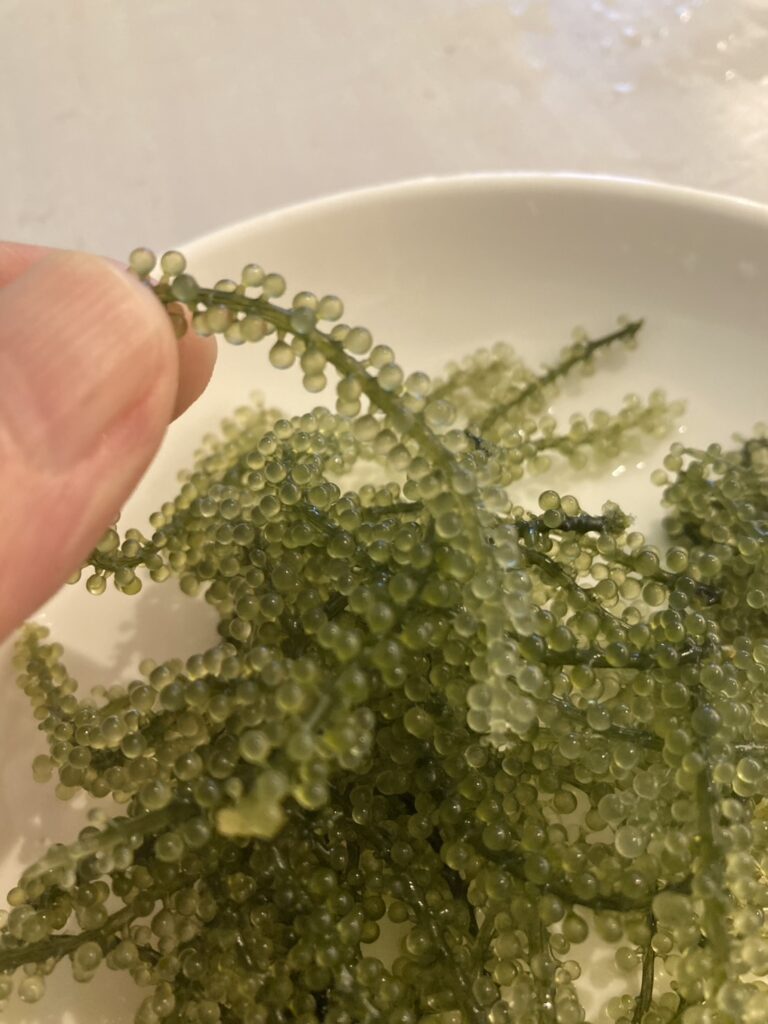
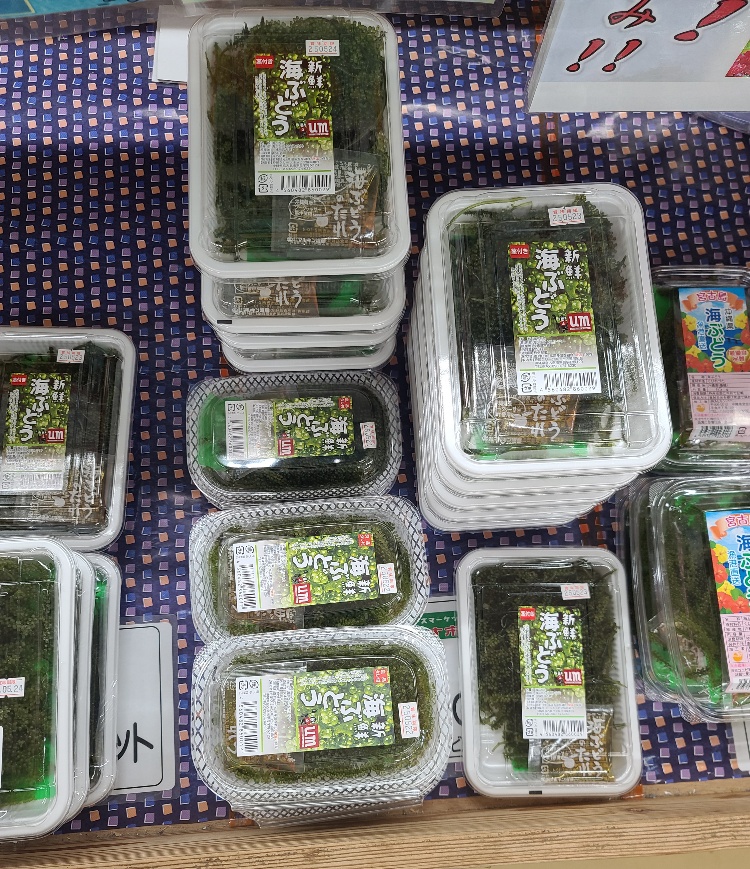
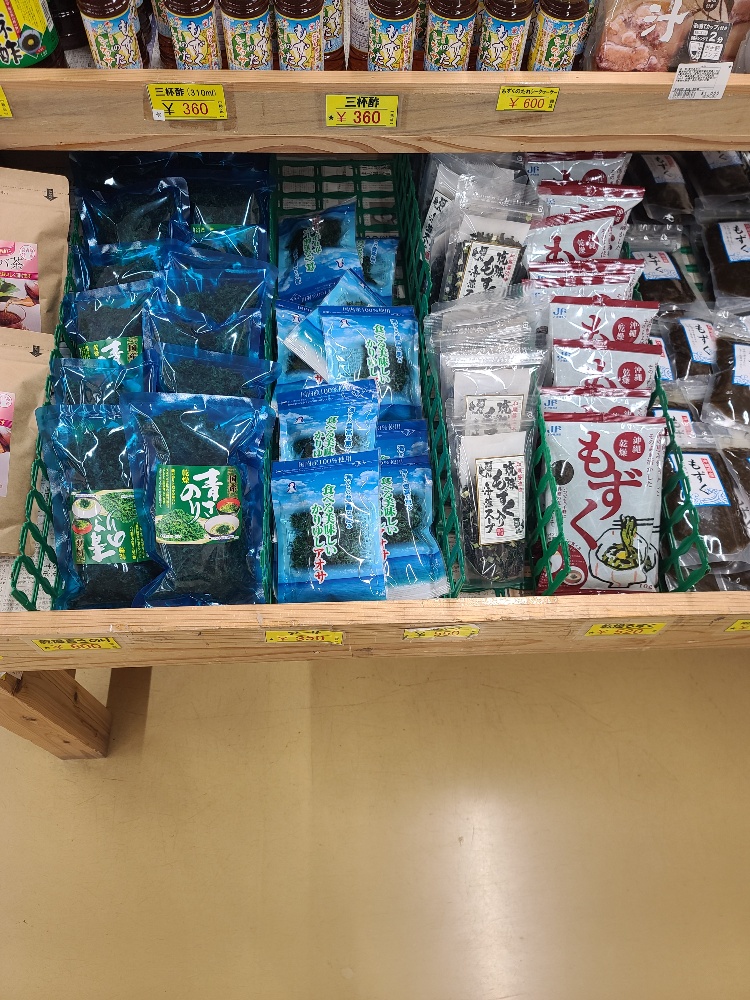
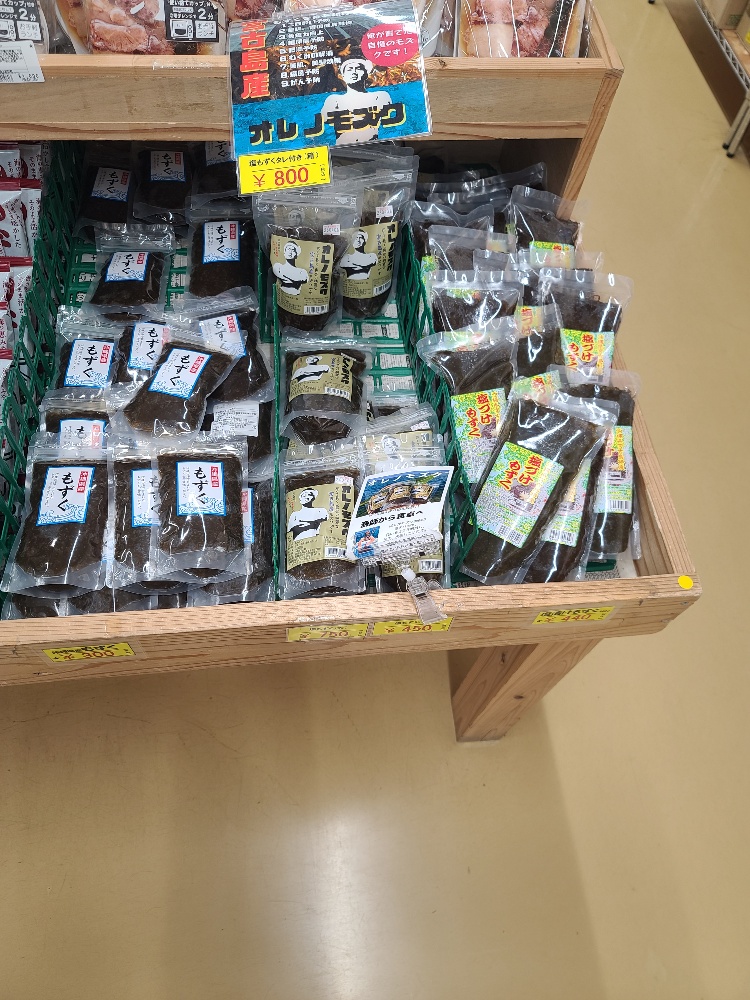
Learning about the foods, and how they are prepared in the various areas in which I travel is a great part of learning about the regions and cultures of those areas. New ingredients and prepared dishes are central to any travel experience. Enjoy!
Miki Honda: A traveler and author from Tokyo, Japan, holds certifications as a Natural Food Coordinator and as an Organic Consultant. Easy cooking with what you get locally while traveling.
”Cooking is not only for your body but also your heart and eyes” !